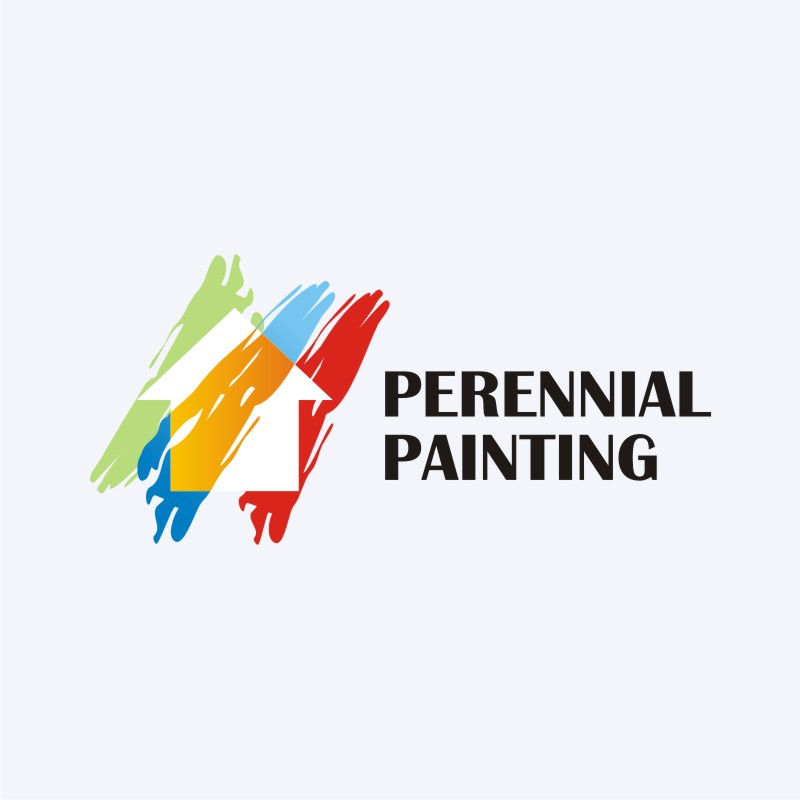Check Out The Impact Of Seasonal Components On The Efficiency Of Industrial External Paint And Determine The Optimum Times To Attain Long-Lasting Outcomes For Your Job
Check Out The Impact Of Seasonal Components On The Efficiency Of Industrial External Paint And Determine The Optimum Times To Attain Long-Lasting Outcomes For Your Job
Blog Article
Material Created By-Korsholm Skafte
When you're intending a commercial external paint project, seasonal elements can make or break your outcomes. You'll wish to think about how temperature and humidity influence paint application and drying out times. Selecting the appropriate period can guarantee your paint sticks correctly and lasts much longer. But which periods are genuinely the most effective for this type of work? Let's discover the key elements that can influence your project's success.
The Effect of Temperature Level on Paint Application
When you're planning a business exterior paint project, the temperature level can considerably influence just how well the paint sticks and dries out.
Ideally, you intend to paint when temperature levels range between 50 ° F and 85 ° F. If it's also cold, the paint might not cure appropriately, leading to issues like peeling off or splitting.
On the other hand, if it's also warm, the paint can dry out too quickly, protecting against appropriate attachment and leading to an uneven finish.
You need to likewise consider the moment of day; early morning or late afternoon supplies cooler temperature levels, which can be much more beneficial.
Constantly inspect the manufacturer's recommendations for the specific paint you're utilizing, as they usually offer support on the optimal temperature level range for ideal outcomes.
Moisture and Its Result on Drying Times
Temperature isn't the only ecological element that affects your business external paint task; moisture plays a considerable duty as well. High humidity degrees can slow down drying times significantly, influencing the general quality of your paint job.
When the air is saturated with dampness, the paint takes longer to heal, which can bring about issues like bad bond and a higher risk of mildew growth. If you're painting on an especially damp day, be prepared for extended delay times between layers.
It's vital to check local weather conditions and strategy appropriately. Ideally, go for humidity levels in between 40% and 70% for optimal drying out.
Keeping these factors in mind ensures your task remains on track and provides an enduring coating.
Best Seasons for Commercial Exterior Painting Projects
What's the best time of year for your business outside paint projects?
Spring and early fall are commonly your best options. During these periods, temperature levels are light, and humidity levels are typically reduced, developing perfect problems for paint application and drying out.
Avoid summer season's intense heat, which can cause paint to dry also promptly, bring about inadequate bond and finish. Similarly, winter months's cool temperatures can prevent proper drying out and curing, running the risk of the long life of your paint work.
Aim for days with temperatures in between 50 ° F and 85 ° F for ideal outcomes. Visit Homepage in mind to inspect the local weather report for rain, as damp problems can wreck your job.
https://housepainternearme09875.estate-blog.com/34179583/methods-for-identifying-cost-effective-painting-providers around these variables guarantees your paint project runs efficiently and lasts much longer.
Verdict
To conclude, intending your industrial exterior painting tasks around seasonal considerations can make a considerable distinction in the end result. By scheduling work throughout the excellent temperatures and moisture degrees, you'll make certain better attachment and drying out times. Remember to watch on regional weather forecasts and pick the correct time of year-- spring and very early autumn are your best bets. Taking these actions will aid you achieve a resilient and professional finish that lasts.
